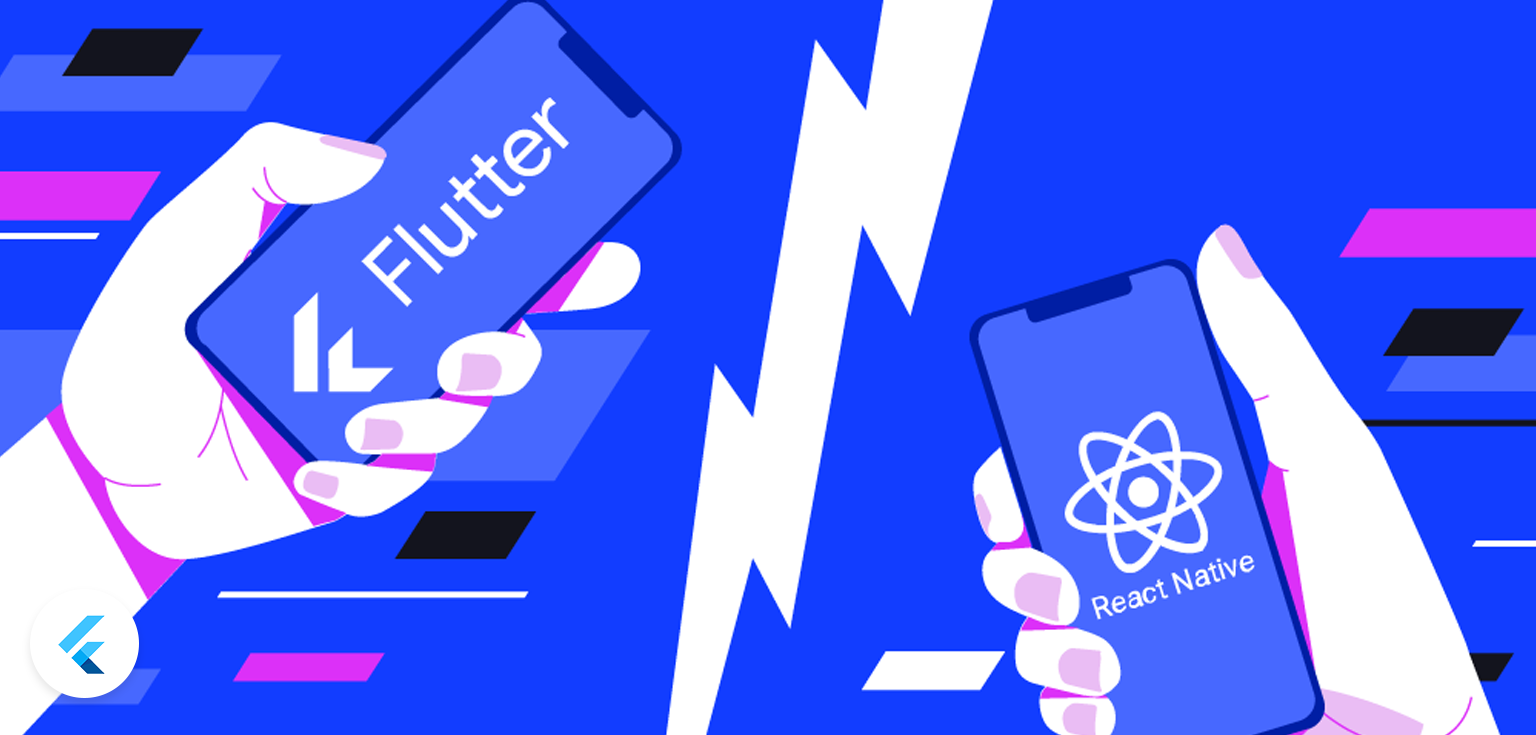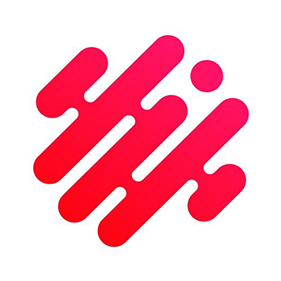Flutter vs React Native: Why Flutter Comes Out on Top in 2025

Introduction
In the ever-evolving world of mobile app development, two frameworks have consistently battled for dominance: Flutter and React Native. Both offer cross-platform development capabilities, allowing developers to write once and deploy on Android and iOS — but Flutter is increasingly becoming the preferred choice for developers, startups, and enterprises alike.
Let’s dive into the comparison and explore why Flutter stands out in 2025.
🌱 What Are Flutter and React Native?
- Flutter is an open-source UI toolkit by Google, introduced in 2017. It uses Dart as its programming language and allows developers to build natively compiled applications from a single codebase.
- React Native, developed by Facebook in 2015, is also open-source. It uses JavaScript and leverages native components using a bridge to render the UI.
🔥 Why Flutter Has the Edge in 2025
1. 🚀 Performance – No More JavaScript Bridge
Flutter apps are compiled directly into native ARM code, which makes them faster and smoother compared to React Native, which relies on a JavaScript bridge to communicate with native components. This bridge can cause performance bottlenecks, especially in animations and heavy UI interactions.
Flutter apps feel more native because they are more native — no intermediaries.
2. 🎨 Pixel-Perfect UI with Custom Widgets
Flutter uses its own rendering engine and custom widgets. This gives developers full control over every pixel on the screen. The result? Highly consistent UIs across platforms that look and behave exactly the same.
React Native relies on native UI components, which may differ between platforms and OS versions, making it harder to ensure uniformity.
3. ⚡ Hot Reload That Works Flawlessly
While both frameworks offer hot reload, Flutter’s hot reload is more reliable and faster. It updates the UI in real-time without restarting the app, allowing for rapid prototyping and debugging.
React Native’s hot reload can often break or require a full refresh, especially in larger projects.
4. 🧱 Single Codebase for All – Including Web & Desktop
Flutter supports Android, iOS, Web, Windows, macOS, and Linux from the same codebase. This means one team can target 6 platforms using a single code structure — a game changer for startups and indie developers.
React Native focuses mainly on mobile, and although there are third-party solutions for web and desktop (like React Native Web or Electron), they are not as mature or cohesive as Flutter’s built-in support.
5. 🎯 Better Developer Experience (DX)
Flutter provides a smoother developer experience with:
- Excellent documentation
- Rich plugin ecosystem via pub.dev
- Well-integrated state management options like Provider, Riverpod, and Bloc
- Powerful testing support for unit, widget, and integration testing
React Native developers often deal with package compatibility issues, native dependency conflicts, and inconsistent documentation.
6. 🛠️ Built-in Tools and Dev Support
Flutter ships with DevTools, a suite of performance and debugging tools. You can track memory usage, monitor frame rates, analyze UI rebuilds, and more — all without third-party integrations.
React Native developers often depend on external libraries like Flipper or custom setups for similar functionality.
7. 🧩 Seamless Integration with Firebase
Being a Google product, Flutter integrates seamlessly with Firebase for authentication, storage, Firestore, push notifications, analytics, and more.
Although React Native can also use Firebase, integration often requires third-party plugins and wrappers, increasing complexity and maintenance overhead.
🪄 Faster UI Prototyping
Flutter allows you to design UIs faster thanks to its widget-first architecture and declarative code style. You can even create real-time UI previews and iterate rapidly.
React Native’s reliance on native components means more time spent configuring UI behavior across platforms.
📉 Where React Native Still Holds Ground
While Flutter has many advantages, React Native isn’t without strengths:
- Wider talent pool, especially for JavaScript developers
- Strong community and third-party libraries
- Backed by Meta (Facebook) and widely adopted in the industry
However, Flutter is catching up quickly, with strong corporate backing from Google, growing adoption by major companies, and fast-evolving tooling.
🏁 Final Verdict: Flutter Wins the Future
If you’re starting a new cross-platform project in 2025, Flutter offers more value, better performance, and greater consistency. Its all-in-one ecosystem, support for multiple platforms, and modern developer experience make it the best choice for businesses and developers looking to future-proof their apps.


